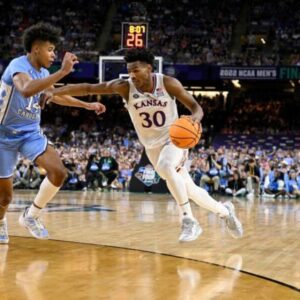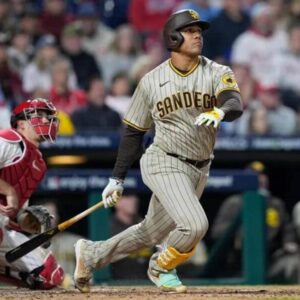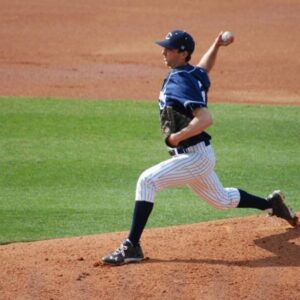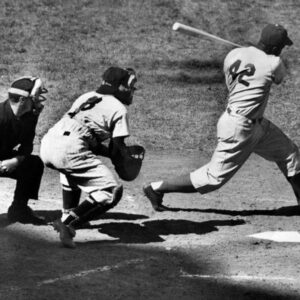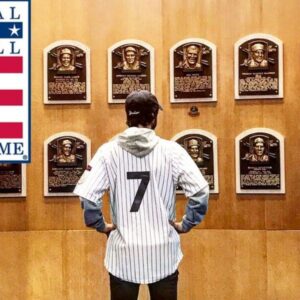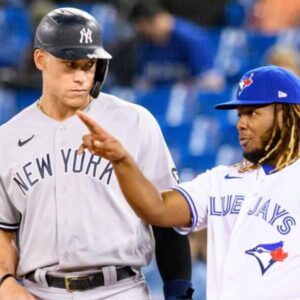When is a ball foul in baseball ? With a right-handed batter in the batter’s box and a count of three balls and one strike, the batter for the visiting team lines a pitch down the third-base line in a Little League Junior Division baseball game. The third baseman reacts to the line drive, and in his attempt to field the ball, contacts the ball while both of his feet are in fair territory. The balls rolls into foul territory, yet the umpire indicates the ball is live, and the base runner reaches first base safely.
The third baseman claims that the ball was foul, and did not pursue the ball. After the ball was retrieved by the third baseman and returned to the pitcher, the defensive manager asks for “time.” With the base runner holding his current position on first base, the home plate umpire grants the manager’s “timeout” request.
The coach asserts that the ball was in foul territory and his fielder touched the ball in foul territory, therefore the ball should be a dead ball. The umpire explained that the player’s feet were still in fair territory when he touched the ball, which prompted him to rule, “fair ball.” Should the home plate umpire change his call from fair to foul, because the ball was touched while outside the baseline and before it reached the base?
Explanation
In the judgment of the home plate umpire at the time of the call, the fielder made contact with the ball in flight while the ball was in fair territory, therefore the play stands as originally ruled. According to the Little League Baseball Official Regulations, Playing Rules, and Policies – Rule 2.00 – foul ball: A foul ball is a batted ball that settles on foul territory between home and first base, or between home and third base, or that bounds past first or third base on, or over, foul territory, or that first falls on foul territory beyond first or third base, or that while on, or over, foul territory, touches the person of an umpire or player, or any object foreign to the natural ground.
Note 1: A foul fly ball shall be judged according to the relative position of the ball and the foul line, including the foul pole, and not as to whether the fielder is on foul or fair territory at the time the fielder touches the ball. Foul Territory: the part of the playing field outside the first and third base lines extended to the fence and perpendicularly upwards.
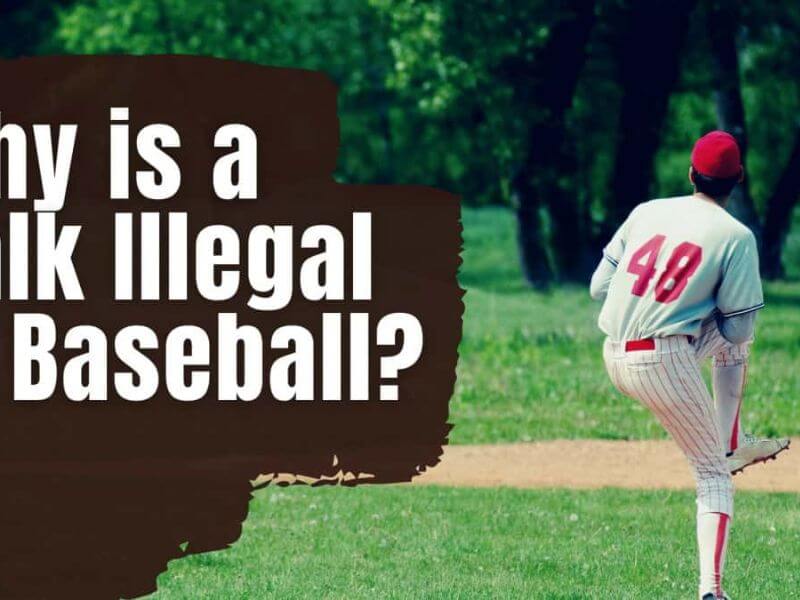
Foul Ball
If a ball is foul and the batter has less than two strikes, then he will be given a strike. If the batter has two strikes, he is not given a third strike and the “at bat” continues. It doesn’t matter how many foul balls the batter hits, he cannot get a third strike from a foul ball.
Once a ball is called foul, the play is dead. The batter returns to home plate and any base runners return to their original bases.
Infield Foul Balls
Determining a foul ball in the infield is slightly different than in the outfield. In the infield a ball is not ruled to be fair or foul until it comes to a complete stop, until a player touches it, or it goes into the outfield.
A ball in the infield may start out fair and then roll foul. For this reason some defensive players may decide to let the ball roll foul if they think they can’t get the batter out. They may also try to field the ball quickly and get the batter out before the ball can roll foul. Even if the ball goes back and forth between being fair and foul, it will not be ruled as fair and foul until it stops or a player touches it.
Outfield Foul Balls
In the outfield a ball is determined to be foul by its relationship to the line when it first touches the ground or is touched by a player. So if a ball hit in the outfield lands in fair territory and then rolls foul, it is a fair ball. This is different than with the infield.
If an outfield ball is touched by a player, it doesn’t matter the position of the player. The only thing that matters is the position of the ball to the foul line at the moment the player touches it.
Fair and Foul Balls in Baseball
Just like virtually every other sport, baseball has boundaries set both by rules and physical barriers. While fencing is the natural boundary of the field of play, there are two foul lines that meet at home plate and run perpendicular (90-degree angle) to each other to the outfield fence.
The existence of the foul ball was established by the original rules of baseball published by Alexander Cartwright. Namely, it declared, “a ball knocked out of the field, or outside the range of the first and third base, is foul,” though there is no known reason why the rule was instituted.
While no one knows exactly why Cartwright included the rule, in retrospect it makes sense that the rule effectively dictated the baseball field as one quadrant of a circle.
After all, current MLB stadiums have between 105,000 and 119,200 square feet (or between 2.4 and 2.72 acres) of fair territory, which is enough territory for nine defenders to cover.
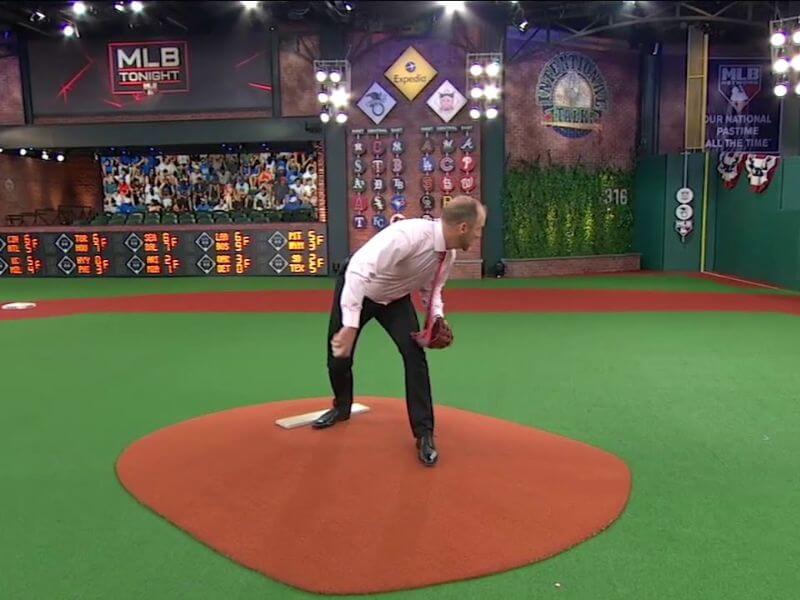
When Is a Ball Foul in Baseball?
On the surface, it seems rather simple: a ball landing in the 90-degree wedge of fair territory is a fair ball and anything that lands anywhere else is a foul ball. Simplistically, that is true, but there’s a little more to it.
Different rules apply differently for balls hit in the infield and the outfield. In the outfield, a ball is fair or foul based on where it lands. In the infield, that factor is determined by where the ball is when touched or where a ground ball is when it passes either first or third base.
The simplest rules are balls hit beyond the infield. Any ball that takes its first bounce on or inside either foul line is considered fair. In this case, even if a ball rolls into foul territory, as long as it first hits the ground in fair territory, then it is a fair ball.
On the other hand, if a ball to the outfield first lands in foul territory, then rolls into fair territory, it is still a foul ball.
Furthermore, where the foul lines meet the outfield fence, there are foul poles. Any ball that hits the foul pole is a fair ball. A ball that hits the foul pole without bouncing is a home run and a ball that bounces and then hits the foul pole is a ground-rule double.
Home runs offer a slight exception to the rule about balls having to land in fair territory. Any ball that passes the foul pole in fair territory and lands in foul territory (therefore curling around the pole) is a home run.
Within the infield, the rules are a little more complicated. Due to the natural spin of a baseball hitting a bat, many batted balls don’t travel in a straight line.
In other words, it is common for a batted ball to land in fair territory but roll foul. If a ball rolls into foul territory before reaching either first or third base, the ball is foul.
One difference between foul balls in the infield and the outfield is that in the outfield, a ball is officially fair or foul when the ball hits the ground. In the infield, meanwhile, the fate of a fair or foul ball isn’t determined until the ball either comes to a stop or is touched by someone, usually a fielder.
It is common for a ball to start fair, then spin foul, but occasionally, a ball will start foul but will either hit an object (such as a tuft of grass or a rock) and spin back into fair territory.
Either case, the sole deciding factor on fair or foul is the location of the ball when it stops or is touched, regardless of where the final bounce took place.
One other area to note is around first and third base. Both of these bases are situated directly next to the foul lines, but entirely in fair territory. Therefore, any ball that hits the base is fair.
Additionally, a ground ball (i.e. bounces before reaching the base) that passes directly over any portion of the base is considered fair. Anything that takes the first bounce past either first or third base is subject to the outfield rules.
The area around the batter’s box can be a little tricky as well. The foul lines technically don’t meet at home plate, but instead, end at the top edge of the batter’s box a few feet from home plate.
Above is information when is a ball foul in baseball. Hopefully, through the above content, you have a more detailed understanding of when is a ball foul in baseball .Thank you for reading our post.
